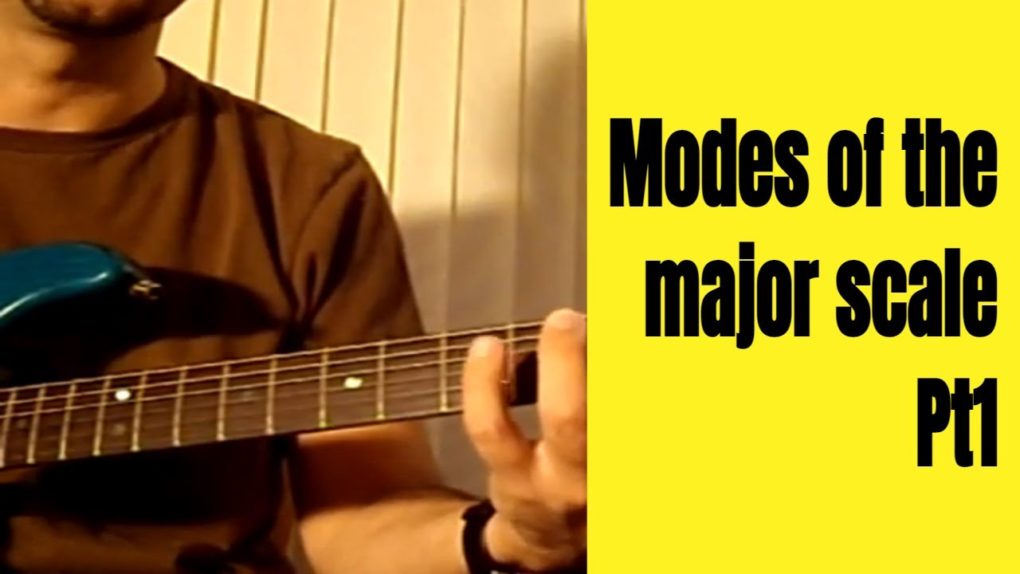Modes are a simple subject that sometimes can be misunderstood. Modes are ‘inversions’ of a scale, a scale ‘within’ a scale that takes life of its own.
In this first series of videos about modes I show you the modes from the major scale: these are just 7 other scales, built with the same notes from the major scale, only starting from a different degree of that major scale. As an example these are the modes of the C major scale:
C Ionian
C D E F G A B
D Dorian
D E F G A B C
E Phrygian
E F G A B C D
F Lydian
F G A B C D E
G Mixolydian
G A B C D E F
A Aeolian
A B C D E F G
B Locrian
B C D E F G A
You can Check out and Print This PDF File for All the modes nicely notated: Modes of the Major Scale
I am sure you have noticed by now that, as I was saying, all these modes share the same notes, but from a different starting point. This makes them ‘sound’ different when isolated and played as a ‘key’ of their own, as the center of gravity is now shifted. I will show you in the next two videos a couple of different approaches to get to grips with these modes.






